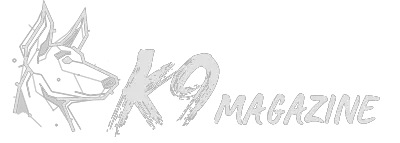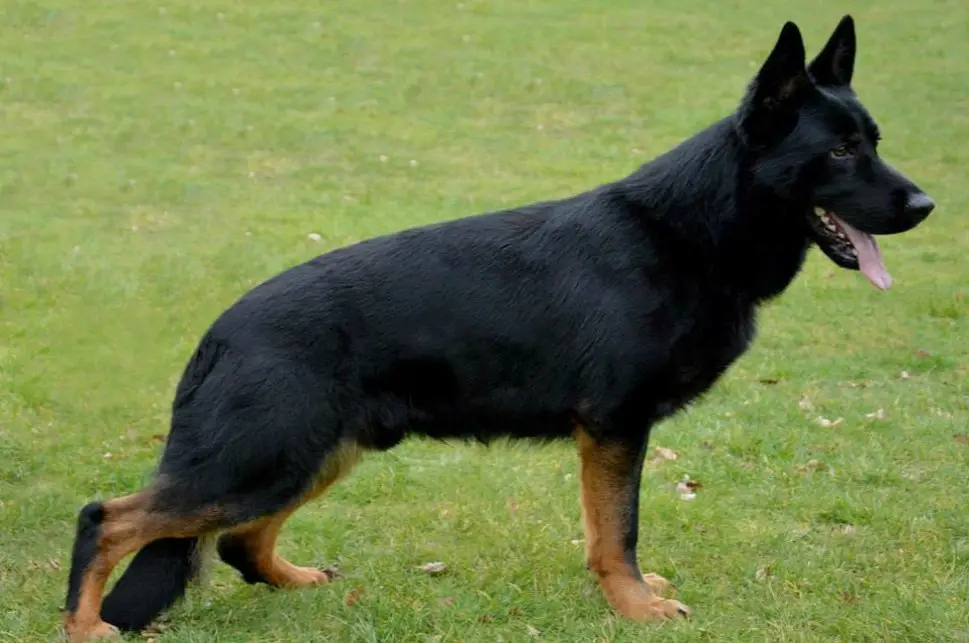Working Line German Shepherd vs Show Line – What is the Difference?
Are you a dog owner or caregiver? Perhaps your choice of dog breed is the German Shepherd. Have you ever heard about German Shepherd show line and working line? Find out more on this in this article.
German Shepherd breed has two major types; they are the show line and working line. These breed types are not new to those who are familiar with German Shepherds, but newbies might not be able to spot out the difference.
This explains why some people do not even bother to check out for the type of German Shepherd they want to buy, they just buy it as a pure-bred (pedigree). So, they often end up with either a show line or a working line German Shepherd.
Few German Shepherds combine the traits of both show line and working line. Let’s point out the differences between both line breeds. Knowledge of these differences will guide your decision making when next you want to purchase a German Shepherd.
About The German Shepard Lines
Naturally, the working line German Shepherd is usually smaller in size with an upright back. This is because they require agility to work in jobs like the police force or the military.
Also, working line German Shepherds have a stronger energy level and work ethics than a show line German Shepherd. On the other hand, show line German Shepherds have a more relaxed notable sloped back but they also have an intelligent nature which they require for performance in competitions.
Other differences exist between both German Shepherd line breeds both in a mental and physical nature. You should note these differences well so that you can choose the one which suits your everyday life and needs. Also, you have to choose the right bloodline whose physical needs you can fulfill.
Origins of the show and working line German Shepherd
To understand the differences, let’s first look at the origin of both line breeds.
Working Line
Von Stephanitz first noticed the German Shepherd in 1899 while he was attending a dog show. Von believed that dogs should be raised and trained exclusively for work.
After he bought the dog, Von created the Society for German Shepherd where he announced his new dog as the pioneer German Shepherd. Von put the German Shepherds to work after several years of inbreeding to make their traits perfect.
It was easy for people to not the work ethic, trainability, loyalty, and strength of the German Shepherd as the breeds were enrolled in different jobs from military to police roles.
To date, working German Shepherd still keeps their traits, work ethics, and looks and are still be considered as one of the top working dog breeds across the globe.
Show Line
Dogs became more of a state symbol and people saw breeding more like a sport during the mid 19th century. People showed less concern for the German Shepherd work ethics during this period. Instead, they were more concerned about the dog’s look. Thus the emergence of the German Shepherd show line.
As many people no longer needed the German Shepherd to labor as in the past, there was a decline in the traits that made the dogs stand out as excellent working dogs. The general public now found more appeal in the show line German Shepherd.
Over the years, there has been much criticism about the show line German Shepherd especially regarding the fact that the dog breed has smaller hind legs and a sloped back. Some people even called it half frog-half dog and they believed that these physical traits cause the dog many health issues which are not common to the working line German Shepherd.
Typical Physical Differences between the show lie and working line German Shepherd
There are visible differences in both line breeds that are easily noticeable in their physique. However, you must note that these differences may differ from one dog to another depending on some factors.
These factors include the dog’s genetic genes like the pedigree bloodline and the dog’s parents. Below is a table showing the differences between both line breeds.
| Show line | Working line | |
| Colors | Black and Tan | Sables, Bio-colors |
| Shape | Stocky | Athletic |
| Chest | Wide | Narrow |
| Hind legs | Short | Long |
| Back | Sloped | Straight |
| Coat | Medium | Short |
| Size | Larger | Smaller |
As mentioned earlier, there are few exceptions to these differences. For instance, some small show line German Shepherd and some big working line German Shepherds have a variety of coat lengths and colors.
Show line German Shepherds are bigger and stockier for show purpose while working line German Shepherds are smaller and have athletic shapes that make them more agile for work such as police dogs (which is their primary job role).
Typical Differences in Temperament
Again, these temperament differences vary from dog to dog and it depends on their breeding process.
A working line German Shepherd can feel more comfortable around people if given a lot of solicitation, and this can make the dog appear less protective.
Similarly, a show line German Shepherd may become overly protective if given little solicitation out of panic from strangers.
Below is a list of the temperament differences between both breeds.
| Show line | Working line | |
| Loyalty | Medium | Very high |
| Nerves | Varies | Steel |
| Energy | Calm | Active |
| Protection | Medium/low | High |
| Exercise | Medium | High |
| Intelligence | High | Very High |
| Work ethic | Medium/Low | High |
Show line German Shepherds have a calm approach ideal for showing in competitions because they may need to stand in a place for a long time. This makes them a manageable family dog.
Working lines have high alertness and work drive coupled with a sturdy desire to protect. Thus, they can find it hard to protect a newbie in the working line bred.
Types of Working Line German Shepherds
There are 3 major types, they are East German working line, Czech working line, and West German working line.
Types of show line German Shepherds
The sub-types of this line breed include the American show line and the West German show line.
Health
Generally, the working line German Shepherd is the most healthy of the two-line breeds because they are a working breed. Show lines, on the other hand are more prone to health problems like dysplasia.
The health of a German shepherd largely depends on the breeder, irrespective of the line breed. A good breeder must carry out periodic checkups to ensure that their dogs are in good health.
Conclusion
Whichever line you finally decide to buy, remember that they are all German Shepherds, and they require a lot of mental stimulation and exercise. So consider your time and space available and do your research before choosing a particular line.





